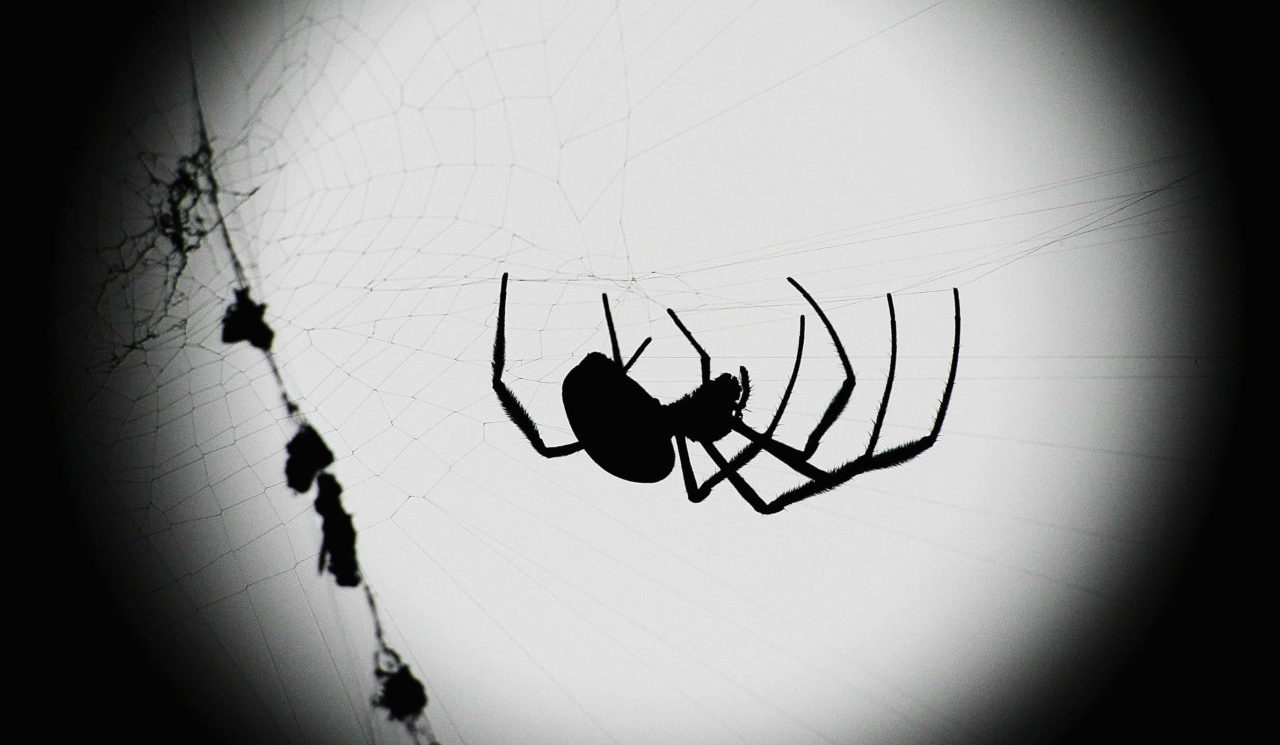Spiders Can Fly Around Using Electricity Now
Spiders get around really well for their size, and it makes total sense after we found out they use electricity to travel.
By DAVID on July 6, 2018
Nope nope nopenopenope. All the nopes. Spiders are flying on the earth’s electric field now, apparently, and I want to stay inside forever.
Spiders do something called “ballooning.” It’s the process in which they “float” on the wind. What happens is they sort of start a strand of silk, the same sort that’s used for making their webs. It was thought that the silk gets caught in the wind, and the spiders sort of float along the breeze until they land somewhere new. The first real recorded evidence of this date back all the way to October 31, 1832. Charles Darwin noticed thousands – millions of those tiny red spiders about a millimeter in diameter – on a ship that was about 60 miles from land. Since then, spiders have been found up to 1,000 miles out to sea, and as high as two and a half miles in the air.
More research has been going into ballooning though, and some new interesting things were discovered. Spiders only tend to balloon in a light breeze – the sort of breeze you wouldn’t expect be able to carry a spider that far. Let’s talk electricity. No, the spiders aren’t using tasers, they’re taking advantage of a natural phenomenon. The atmosphere is a gigantic electronic system. The upper atmosphere has a positive charge, ground-level has a negative charge. When spiders shoot out their silk, it picks up a negative charge. Opposites attract, and once there’s enough of a charge, the spider leaves the ground and floats upwards towards the positive charge. Cool, eh? There’s a lot more to the research over here. I’ll be staying inside from now on.











